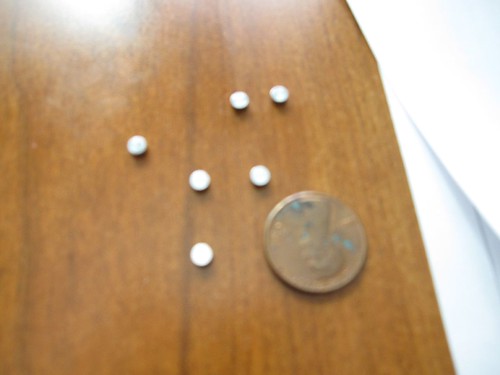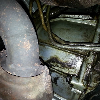BUMP
I have been reading on this thread for some time. Lots of great insight and contributions here. I too, have a trans-disaster-mission in my 99 Ex Sport... I am not going to ask "how do I" "what parts do I need," as all of it is listed earlier in the thread. I would like to do instead is create a list of sorts, or flow chart:
--------------------------------------------------------------------------
>>>>>>NO REVERSE<<<<<<<<<<<<<<<<<<<<<<<<<<<<<<<<<<<<<<<<<<
1)>Check to see if no reverse Manual and no 1st Manual
2)Check fluid and replace as necessary
3)If still no Reverse & Manual 1st Then Proceed To [relevant info...]
> If vehicle "Jumps" or "Snaps" into R a nd is accompanies by a "Bang" then drop pan and inspect for pieces of band, as this means the drum/band have possibly been damaged and a complete overhaul is nded...
>If the vehicle sluggishly lurches in and out of reverse inspect R servo** gasket/VB Gasket and bonded plate for obvious blow out.
** R Servo Gasket is difficult to seat, may need to reposition trans OR remove flex pipe/catalytic converter assy to effectivley seat gasket/servoe...
>>>>>3-4 Shift Flares<<<<<<<<<<<<<<<<<<<<<<<<<<<<<<<<<<<<<<<
1)Inspect....
2) Replacement etc...
>>>>>4-5 Shift Flares<<<<<<<<<<<<<<<<<<<<<<<<<<<<<<<<<<<<<<<<<
And So On....
-------------------------------------------------------------------------
Get the picture?
BUT Everytime I bring my laptop to work during the lunch hour to print the whole thread(s) so I don't have to go back n forth between 11 pages I get a message "Server Busy-Try again later"
I'll keep tryin to print this so I can make this flow chart and before I post I will PM all the members from years ago to make edits so it is accurate.
I am blown away by all the info on here, and from what I can tell The VB/GAskets are half the problem. It would just be nice to have a chart to refer to (maybe with hyper links to parts suppliers, and thread posts?)











